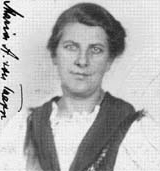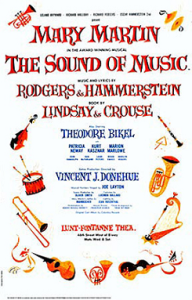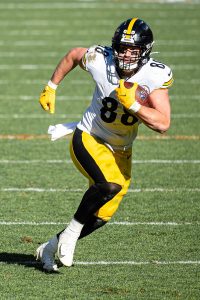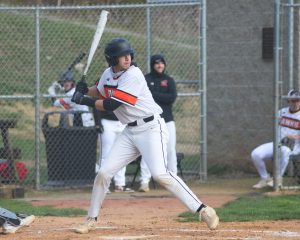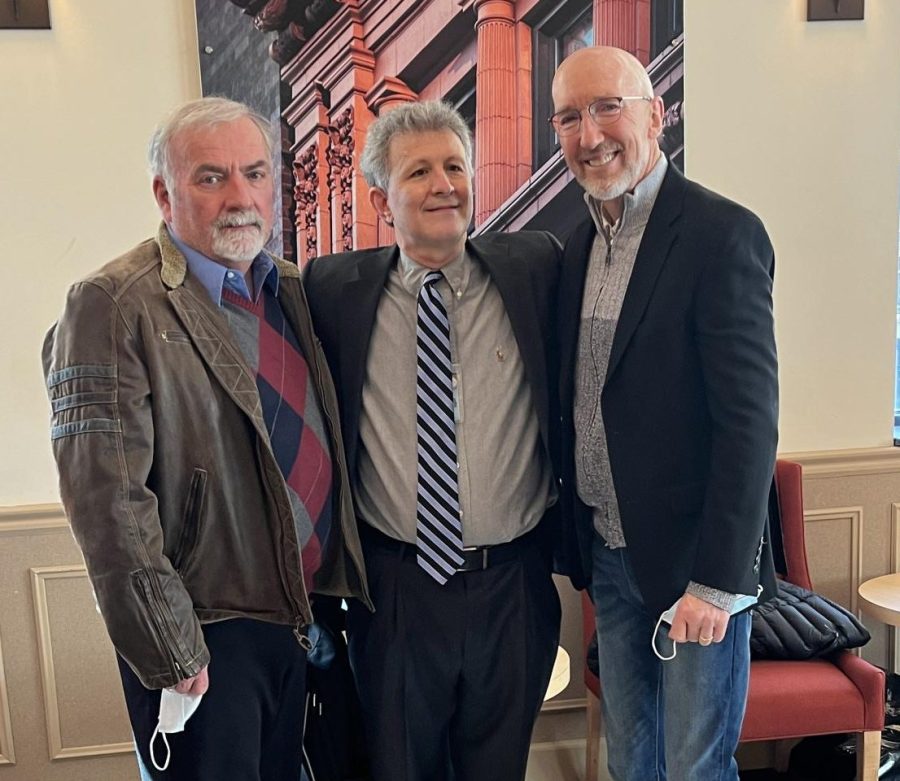Point Park celebrates life, legacy of Pittsburgh icon Myron Cope
Ed Bouchette (left), Bernie Ankney (middle), and Tom McMillan (right), smiling after talking about Myron Cope
‘Double Yoi!’ Myron Cope, who coined phrases like this, became an icon in the sports journalism world. From a talented sports writer to the raspy-voiced, off-the-wall color commentator for the Pittsburgh Steelers’ radio broadcasts, he revolutionized sports journalism, radio, and broadcasting.
Point Park University celebrated the life and legacy of the man behind the “Cope-Ra-Scope” on Monday, Feb. 7.
Junior Meghan Krapp, who attended the event, said: “Myron Cope Day was not only a fun experience in the city, but I got to learn more about different types of journalism and the opportunities that are available within the job. It was interesting to hear different types of journalists with different jobs around Pittsburgh like print journalists and sports broadcasters and announcers.”
Leading the discussion were esteemed journalists from the Pittsburgh area who had the privilege of working closely with Cope.
One very important speaker was his daughter, Elizabeth Cope.
Others included Ed Bouchette (senior staff writer, The Athletic), Tom McMillan (co-director, Pittsburgh Center for Sports Media and Marketing), Andrew Stockey (sports director, WPXI), Alby Oxenreiter (sports director, WTAE), Bill Hillgrove (play-by-play announcer, Pittsburgh Steelers), and Greg Brown (play-by-play announcer, Pittsburgh Pirates).
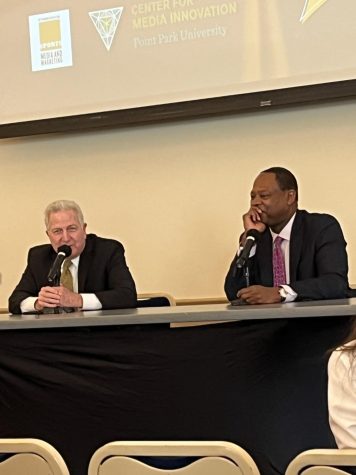
Senior Jake Toth said, “My favorite part was listening to Greg Brown talking about his career as a Pirates announcer. I enjoyed getting to spend the day learning cool information.”
Myron Cope was an American sports journalist who was born in Pittsburgh, Pa. He started his career as a journalist for the Daily Times in Erie, Pa. After this job, he went on to work for the Pittsburgh Post-Gazette and then Sports Illustrated. He was a color commentator for the Steelers’ radio broadcasts for 35 years. He is best known for being “the voice of the Pittsburgh Steelers.”
Ed Bouchette shared many stories about Myron Cope. He also recommended to many new writers to read Cope’s famous prints.
One piece was Cope’s E.P. Dutton Prize winner for “Best Magazine Sportswriting in the Nation” for a portrayal of Cassius Clay. Another, Cope’s Sports Illustrated profile of Howard Cosell, was selected as one of the 50 best-written works ever published in the magazine.
Cope became the first pro football announcer elected to the Radio Hall of Fame.
Tom McMillan said nothing but positive words about his friend Myron. McMillan simply said, “It was a great honor to have known him and work with him.” McMillan also mentioned how writing is the foundation of journalism, and he learned that from Cope.
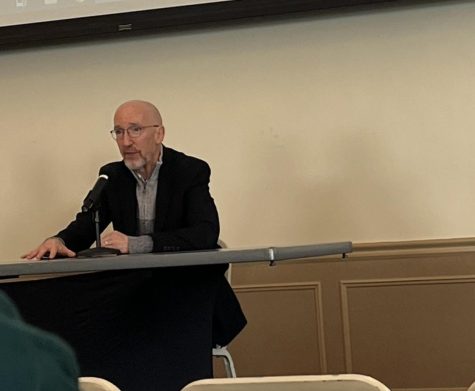
When looking at a terrible towel, it is visible that Cope’s name is written at the top. The terrible towel was created when Cope wanted to excite the Steelers fans during a 1975 playoff game against Baltimore. He told the fans to bring yellow dish towels to the game and wave them proudly. The Steelers won this game 28-10 and then went on to Super Bowl X against the Dallas Cowboys.
The Steelers beat the Cowboys 21-17 in that Super Bowl. By this time, the gold terrible towels with Myron Cope’s Terrible Towel written on them were introduced. However, Myron Cope wanted to be remembered for more than the Terrible Towel.
Elizabeth Cope mentioned how many people would always ask Myron to sign their Terrible Towel.
“He would always ask me to hold it still for him while he signed it.” According to Elizabeth, “He had a chest full of Terrible Towels and framed some of them too. The proceeds go to charity so he always loved that.”
She also mentioned that if someone wanted an autograph he would never turn them down.
Elizabeth said, “If we were eating at a restaurant, he would tell people to wait until he was done but wouldn’t turn anyone down.” Elizabeth mentioned how he knew it was part of the nature of his job and said, “He never understood why athletes would get offended at someone wanting their autograph.”
Senior Anabel Franzmann said, “I think it was cool that Elizabeth took the time to come and talk to all of us and share amazing memories she had with her dad.”
Myron Cope was a perfectionist. Those who worked with him said he would take four days to fix a single sentence. He refused to use a computer and instead used a manual typewriter.
“It was encouraging to learn how talented of a writer Myron was. I wasn’t fully aware of his career as a sportswriter. I grew up knowing him as the voice of the Steelers. His example is inspiring to me as a journalism teacher,” said teacher Mr. Allemang, who accompanied his students to Point Park for the day.
Something unique that many people loved about him was his voice. He would enhance his voice on the radio and become iconic because of it. Bill Hillgrove, sports broadcaster for the Steelers and Pitt football and basketball, mentioned, “Myron was born a storyteller and became a great writer.”
Pittsburgh was very important to Cope. The only time he lived somewhere else was when he first started his career in Erie, Pa. He loved Pittsburgh just like how he loved the Steelers. He couldn’t see himself announcing for any other team. He was a fan of the Steelers.
Next time when looking at a Terrible Towel or watching a Steelers game, make sure to think about the amazing legacy of Myron Cope.
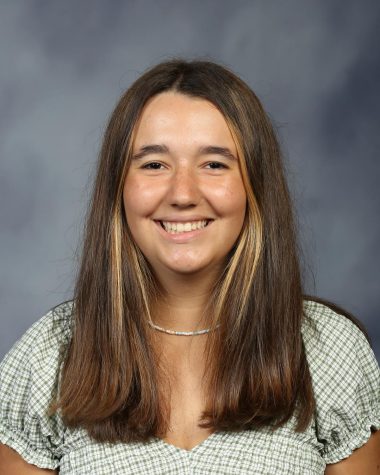
“If the world was going to collapse at any moment you would find me on vacation somewhere tropical, relaxing with state-of-the-art, oven-baked pizza....

